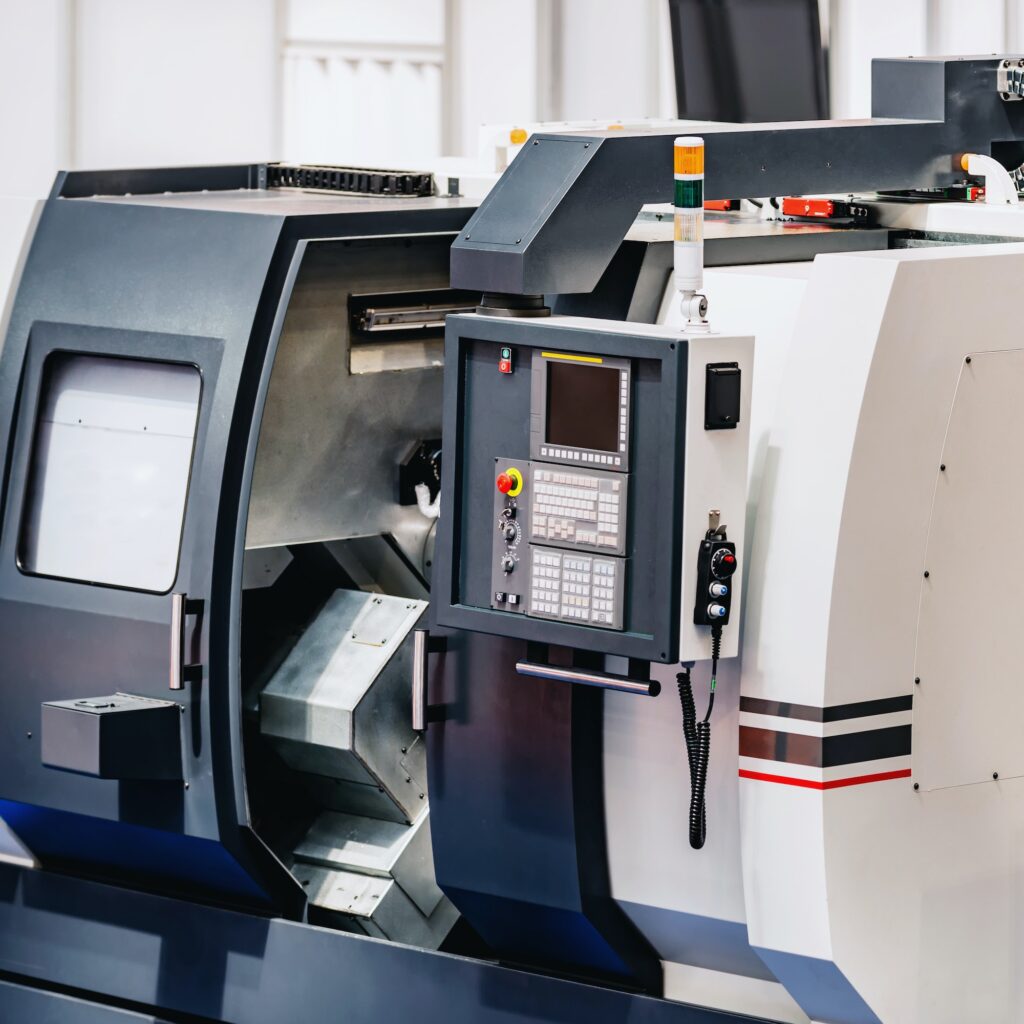When it comes to manufacturing prototypes, precision is not just a buzzword; it’s a requirement for your projects to succeed. You prefer working with suppliers who are transparent about their production processes and can provide customized solutions tailored to your specific needs. In this blog post, we’ll explore the critical aspect of tolerances in prototype manufacturing.
The Importance of Tolerances
Tolerances in manufacturing prototypes are like the fine-tuning of a musical instrument. They determine whether all the components will harmonize perfectly, resulting in a flawless performance, or if there will be discord that can lead to costly rework and delays.
In simple terms, tolerances define the acceptable variation in dimensions or properties of a part or product. Let’s say you’re designing a crucial component for a cutting-edge aerospace project. You need it to be precisely 100 millimeters in length. Tolerances allow for a range, say between 99.95 and 100.05 millimeters, ensuring that it fits seamlessly into the larger assembly.
The Factors That Influence Tolerances
It’s vital to understand the factors influencing tolerances in prototype manufacturing:
1. Material Type: Different materials behave differently under various conditions. The thermal expansion properties of metals, plastics, and ceramics, for example, affect how they respond to temperature changes, which can impact the precision achievable in manufacturing.
2. Manufacturing Method: The chosen manufacturing method is a game-changer. CNC machining, which is a specialty at MIMPRECISION, offers exceptional precision due to computer-controlled accuracy. Other methods like 3D printing may have wider tolerances.
3. Design Complexity: Complexity matters. More intricate designs often require tighter tolerances, while simpler parts may allow for more leniency.
4. Budget Constraints: Cost considerations can influence your tolerance requirements. MIMPRECISION’s flexibility in pricing can be particularly valuable here, as it allows you to find a balance between quality and budget.
5. Intended Use: Think about the purpose of the part. For aerospace or medical devices, tight tolerances are usually non-negotiable. But for less demanding applications, you might have some leeway.
Common Tolerance Standards
Standardization is key to ensuring that everyone in the industry speaks the same language when it comes to tolerances. ISO (International Organization for Standardization) and ANSI (American National Standards Institute) are your go-to organizations for this. For instance, ISO 2768 provides general tolerances for linear and angular dimensions, offering a common reference point.
In the realm of precision machining, tolerances are typically measured in micrometers (µm) or thousandths of a millimeter. The choice of standard and the specific tolerance class within that standard will depend on the aforementioned factors like material type and intended use.
Setting Realistic Expectations
What tolerance should you expect when manufacturing prototypes? There’s no one-size-fits-all answer, as it depends on your unique project needs. Here’s a roadmap:
1. Define Your Project Needs: Start by crystalizing your project’s requirements. What’s the part’s function, and how crucial is precision for its operation? Consider material, design intricacy, and your budget constraints.
2. Consult the Experts: Reach out to experts like MIMPRECISION. They have the experience to guide you in determining achievable tolerances for your project.
3. Industry Standards: Investigate industry-specific standards. They can serve as a valuable starting point for your tolerance expectations.
4. Prototyping and Testing: Create prototypes with different tolerance levels to test performance and functionality. Real-world data can be a game-changer.
5. Embrace Iteration: Be open to refining your design and tolerance requirements based on testing and feedback. Iteration leads to optimal results.
In Conclusion
Precision is the heartbeat of prototype manufacturing, and tolerances are the rhythm that keeps it steady. Your expectations for tolerances should align with your project’s unique demands. MIMPRECISION, with its commitment to quality, transparency, and flexible pricing, is your trusted partner on this journey. Together, you can create high-quality, reliable, and customized solutions that meet your specific engineering needs. Remember, it’s not just about precision; it’s about harmony in the orchestra of innovation.



